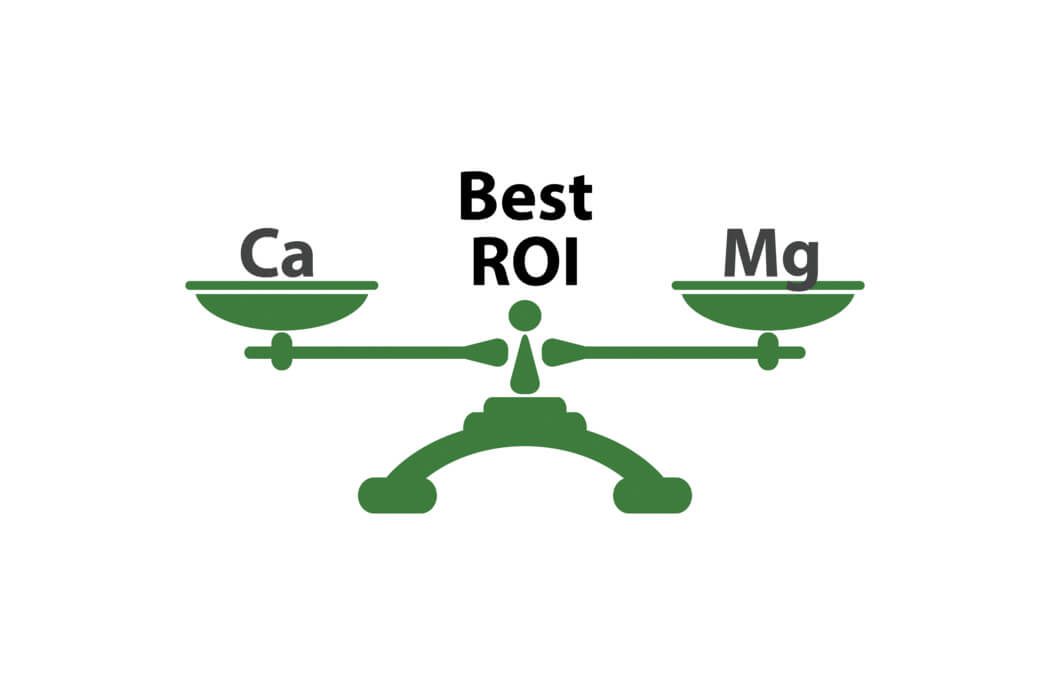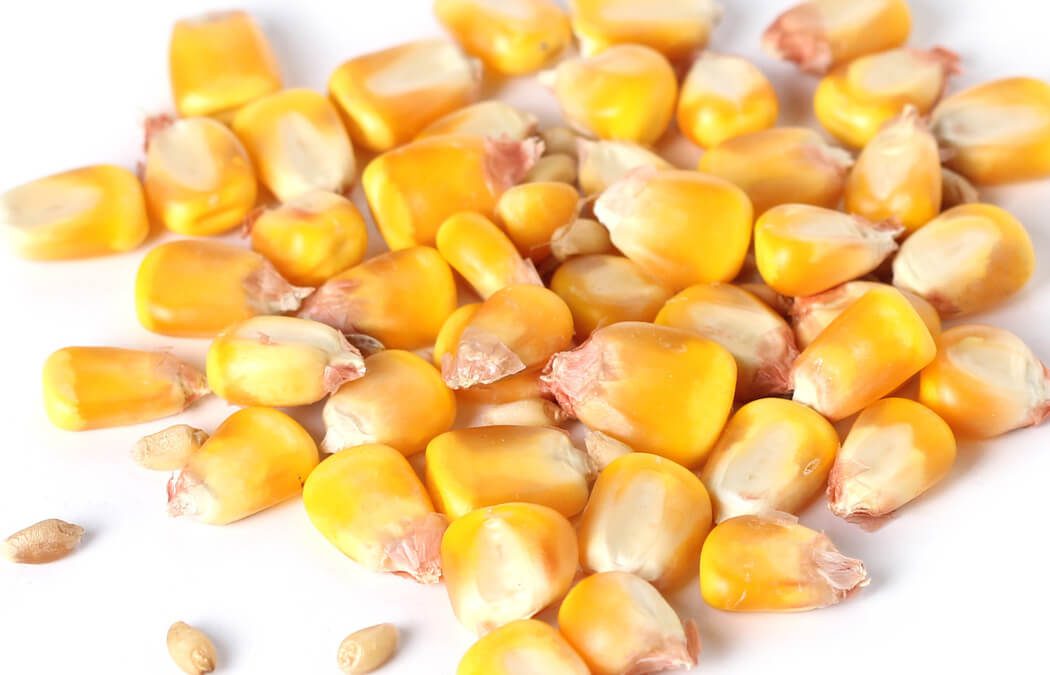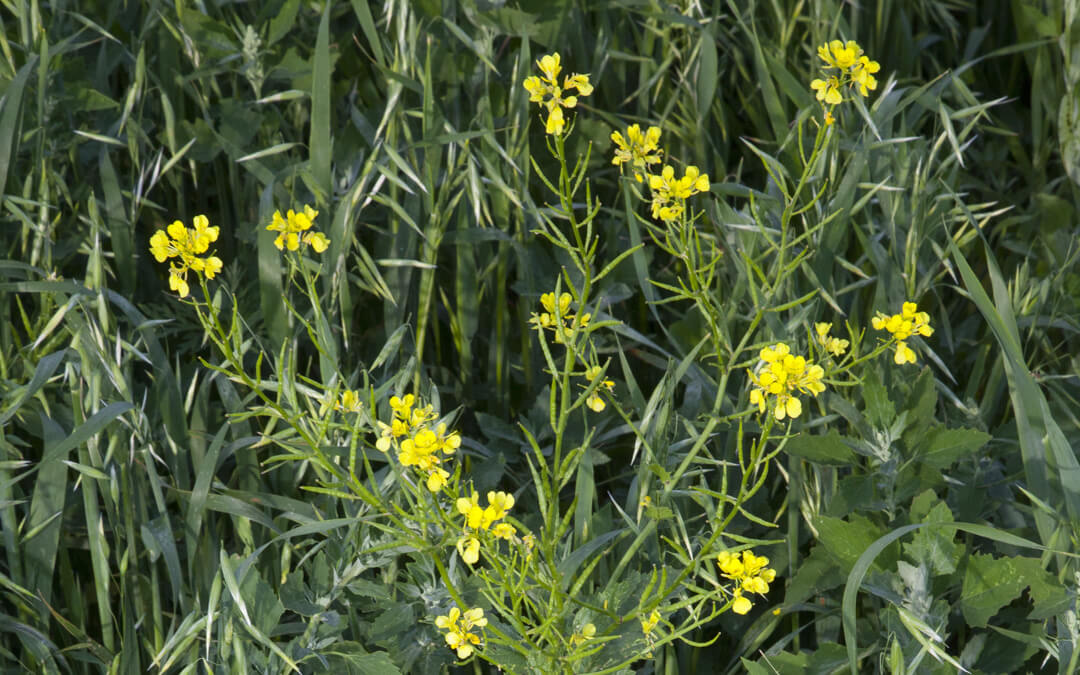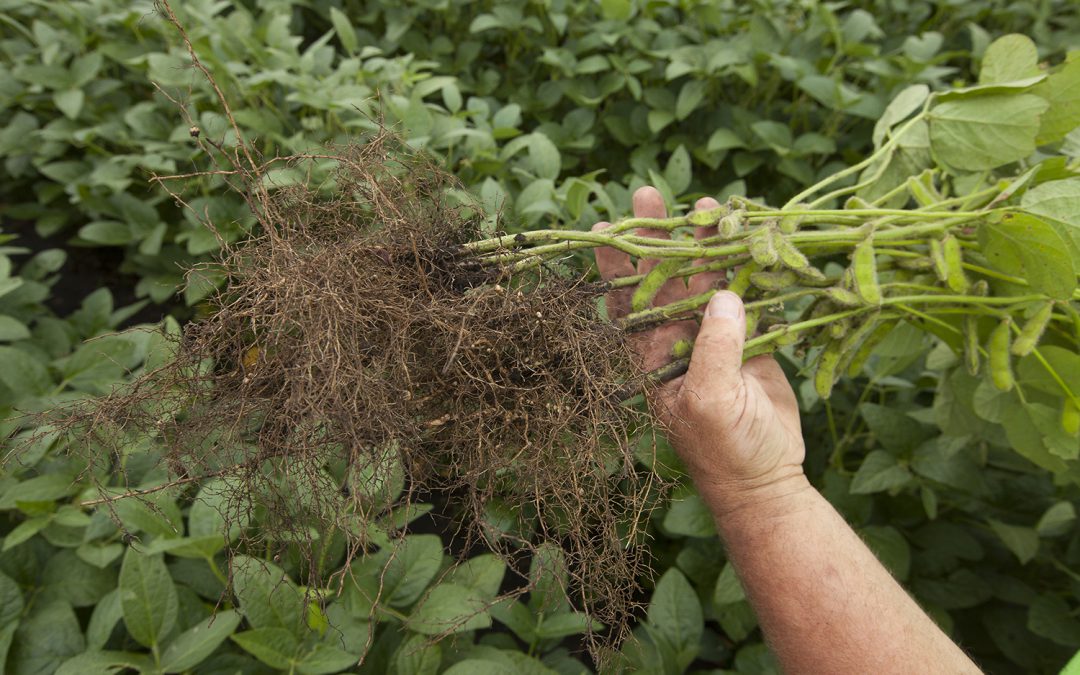
by Ron Schlecht | Mar 20, 2017 | Successful Farming |
What is the return on investment (ROI) of using the Premium Growing System? Let’s start with the importance of balancing calcium and magnesium in the soil. This concept is the cornerstone of the Premium Growing System under the Kinsey/Albrecht system used and followed by David Nelson at Pedogenesis.
Calcium and magnesium are considered as elements of secondary importance by the conventional ag industry and the makers of commercial fertilizers, but the truth is that for the soil, calcium and magnesium are primary in importance both in quantity and their bio-chemical importance.
All minerals must go through calcium to get to the plant. Nothing can live without calcium and magnesium, including the human body. Excesses or deficiencies of both nutrients affect whether the plants absorbs many other nutrients it needs to produce maximum yields.
Excess calcium ties up important trace minerals, which are essential in the balance scheme for high yields on all crops. Too little calcium causes magnesium levels to rise, which are poisonous to all crops in excess, especially legumes like alfalfa and soybeans.
Both minerals are tied to the Total Exchange Carrying Capacity (TEC) of your soils, which is determined by how much clay you have, the type of clay you have, and the organic matter in your soil.
For example your soil tests indicate that your soil’s TEC ideal calcium/magnesium balance would be 68% calcium and 12% magnesium. If magnesium is higher than 20% the cost of error on corn is at least 15 bu. of corn per acre. If the magnesium level is under 10% the error is 10 to 30 bu. per acre loss in corn. These errors affect your ROI in a big way!
Most of our soils in Western Minnesota and the Dakotas are low in calcium and high in magnesium, with levels of magnesium at 30-40% plus on some ground. Imagine getting the magnesium in balance with calcium and the yield of corn, soybeans and wheat would be maximized and your ROI goes up!
The amount of nitrogen to produce one bu. of corn or soybeans is affected by the level of calcium/magnesium in your soil. With magnesium soils above 20%, it will take 1.5 lbs. of nitrogen to produce one bu. of corn. With ideal magnesium at 10% to 15%, nitrogen requirement is only 1 lb of N to produce one bu. of corn. That is a .5 lb. additional N to produce that 1 bu. of corn. That works out to be an additional 100 lbs. of nitrogen on a 200 bu. corn crop. What is the cost of Nitrogen these days? That’s a hit to your ROI. This gets even worse in legumes. To achieve maximum legume production magnesium needs to be under 12% but greater than 10%. Balance!
With the Premium Growing System the need for balance of all minerals, not just calcium/magnesium, is vital to maximizing yield of all crops, which gives you more bu. or lbs. to sell, maximizing your ROI.
What are your biggest frustrations with ROI? Comment below.

by Ron Schlecht | Jan 26, 2017 | Seeds |
Start with quality organic seed for emergent success.
Good seed doesn’t cost — it pays. Early planning for success starts with creating a plan for your farm or garden and getting those seeds lined up and ready to go once spring planting season is here. Order your seeds early to avoid the varieties you want being out of stock.
Buying organic seeds is important because it guarantees they have not been treated with fungicides. Certified organic seeds are harvested from certified organic crops. Organic seeds may, however, be a hybrid seed (one related species bred with another related species) or heirloom variety (never been altered in any way). In order to qualify for the USDA Organic certification, farmers must purchase organic seed only. If you cannot find organic seed, you are allowed to use conventional, untreated seeds. However, you may want to look for seed companies who have signed the “Safe Seed Pledge”, stating that they are not knowingly selling GMO seeds.
Pedogenesis partners with a couple seed companies you can consider: De Dell Seeds, which offers over 30 Non-GMO corn hybrids, and Prairie Creek Seed, which offers organic corn hybrids, sorghums, alfalfas, grasses and cover crops for the Midwest and northern regions of the US.
Since organic seeds are not treated with any chemicals prior to sales it means you will need to be more diligent to plant in optimal conditions. If you experience a crop failure your results may be the result of poor growing conditions, not poor seeds. Where a treated seed may survive more challenging conditions and still germinate and grow, an organic or untreated seed may fail. Make sure you understand what your crops need (soil temp, for example) for successful germination and early growth, and pay close attention to extended weather forecasts as you plan your planting time.
You can get your seeds off to a good start by using seed treatment through our Premium Growing System. We at Pedogenesis are always looking at ways to enhance and safeguard seed planted under our system, including using natural tree oils on planted seed or growing crops. We are also looking at ways to retain moisture for growing crops by using polymers that hold critical moisture in the soil where rainfall is a most-limiting factor. This has been a successful concept in dryer regions.
Let us know what we can do to make your organic farm more successful in 2017. Happy planting!
Call or email us for more information.
1-218-630-5531 Contact Us

by Ron Schlecht | Dec 13, 2016 | Weeds |
Mustard plants were showing up in this oat field of a Pedogenesis customer in 2016. At our recommendation, the farmer treated the crop with a foliar feed of enhancing minerals that gave the crop more vigor to overcome the growing weeds.
Growing organic doesn’t have to mean lots of big weeds
Does making the switch to organic mean you are going to have to have fields overgrown with weeds? The picturesque weed-free field sometimes seems to be in sharp contrast to organic reality, but it doesn’t have to be. All soil has some weeds, but controlling the weeds is the key.
There is a saying that a “healthy soil has no weeds.” The control measures change when you when have an organic farm because you cannot use pesticides to control weeds. Tillage, rotation, and more importantly, balancing the soil, will change the environment so the weeds won’t like it anymore. Foxtail barley and thistles thrive in certain soil conditions because they like those conditions. Change the soil conditions and the weeds won’t like it there anymore.
Organic weed control tools are
- First, balance the soil and change the soil environment
- Use more tillage tools
- Plant in narrow rows, with a higher planting population with some crops
- Cultivate row crops and even use other tillage tools as the plant emerges and grows, such as rotary hoes or flex drags over the growing crop after emergence
- Use manual labor to clean crops with the highest return
- Apply weed-deterring minerals to growing crops.
The real key to weed determent is vigorous crop growth, especially after they have formed a canopy that shades the soil surface. We have worked with organic farmers who have had very successful efforts deterring weeds. Our Premium Growing System is designed to recondition your soil to create the ideal environment to feed your crops. With a vigorous crop, you won’t have to fear a field full of unsightly weeds.
What are your biggest weed frustrations or fears? Comment below.
Call or email us for more information.
1-218-630-5531 Contact Us

by Ron Schlecht | Oct 26, 2016 | Mineral Balance |
By using the Premium Growing System to balance the minerals, with some added sulfur for this heavy ground Pedogenesis customer Kenny Tritz of Graceville, MN grew these impressive soybean roots in 2016. Sulfur builds roots and this is proof that proper amounts of sulfur applied to an already mineral-balanced soil can really mellow and open the soil up to vigorous root growth, which translates into higher yield.
If you look at the soil as the stomach or food source for anything that grows in it, the larger the root system on a plant the better. The root system supports and is the lifeline of a growing plant. It’s four major functions are 1) absorption of water and inorganic nutrients, 2) anchoring of the plant body to the ground, and supporting it, 3) storage of food and nutrients, 4) vegetative reproduction and competition with other plants.
In general, the plant root system either consists of a taproot system (with primary root) or fibrous roots (adventitious roots) with attached roots and finer rootlets having root hairs close to the tip. The process for photosynthesis occurring in the leaves supports the growth and metabolism of the plant root system. Therefore, plants need to get fluids and nutrients from the ground up through their stems to their parts above the ground.
There are immobile minerals in the soil such as phosphate that are picked up and used by the plant when it comes in contact with root hairs. Inside the cells of the root, there is a higher concentration of minerals than there is in the soil surrounding the plant. This creates root pressure, which forces water up out of the root through the xylem as more water and minerals are pulled into the root from the soil. Thus, a proliferation of vital nutrients in the soil is critical, and is achieved with more than the application of potassium sulfate.
So the larger the plant roots are, the better or more likely the odds of it coming in contact with vital minerals needed for growth. Learn how you can create healthier soil with large roots here.
What are your frustration in creating large root systems? Comment below.
Call or email us for more information.
1-218-630-5531 Contact Us




